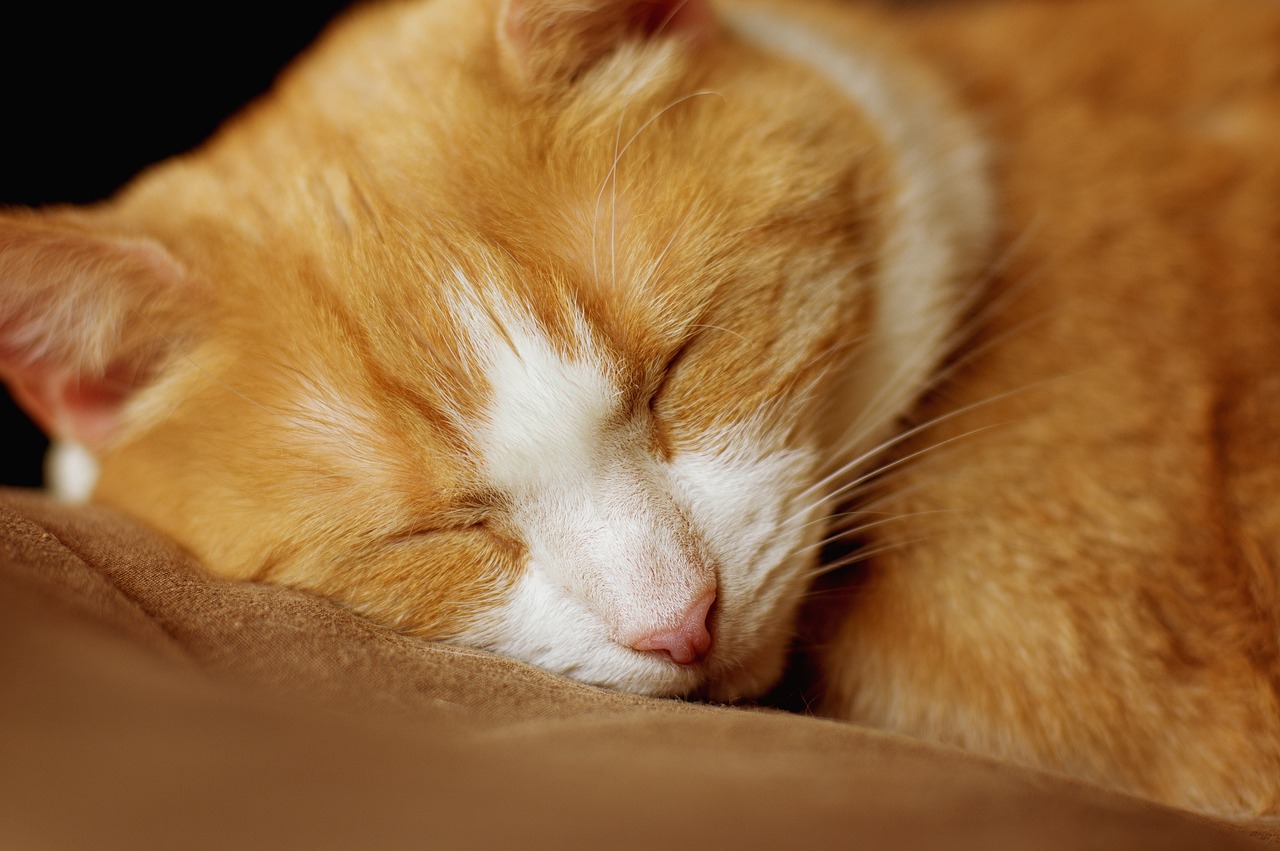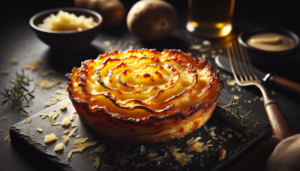
Looking to keep your pillows clean and fresh for a good night’s sleep? The question of whether or not you can put pillows in the washer often arises. Pillows play a crucial role in providing comfort and support, but they can accumulate dirt, sweat, and allergens over time. In this article, we will explore the different types of pillows and their washing guidelines, ensuring a clean and healthy sleep environment. From feather and down pillows to synthetic, memory foam, and latex pillows, we’ll cover the dos and don’ts of washing each type. Plus, we’ll provide you with a step-by-step washing procedure to keep your pillows in top shape. So, let’s dive in and learn how to properly care for your pillows!

Types of Pillows
Pillows come in various types based on their materials and construction. It’s important to know the type of pillow you have in order to determine the best washing method for it. Here are some common types of pillows:
Feather and Down Pillows
Feather and down pillows are filled with feathers or down clusters. These pillows are often delicate and may not fare well in a washing machine. It is recommended to have them professionally cleaned or spot-cleaned to prevent clumping.
Synthetic Pillows
Synthetic pillows are filled with polyester or other synthetic materials. These pillows are generally more durable and can withstand machine washing. Use a delicate cycle with gentle detergent and ensure they are completely dried to prevent mold growth.
Memory Foam Pillows
Memory foam pillows are made of viscoelastic foam and should not be submerged in water. Spot cleaning with a damp cloth and mild detergent is a more suitable method for cleaning memory foam pillows. Allow them to air dry completely.
Latex Pillows
Latex pillows are resistant to dust mites and mold but should also avoid being soaked. Spot cleaning is recommended for latex pillows. Use a damp cloth and mild detergent to clean any stains, and let them air dry completely.
Washing Guidelines
Before washing your pillows, it is important to check the care label for specific washing instructions provided by the manufacturer. These guidelines will give you the most accurate information on how to clean your pillows without damaging them. Here are some general washing guidelines for different types of pillows:
Feather and Down Pillows
While some feather and down pillows may be machine washable, it is often safer to have them professionally cleaned or spot-cleaned to prevent clumping. The delicate feathers can lose their insulation properties if improperly washed.
Synthetic Pillows
Most synthetic pillows can be machine washed. Use a delicate cycle with gentle detergent and ensure they are completely dried to prevent mold growth. The synthetic materials are more resilient and can withstand the agitation of a washing machine.
Memory Foam and Latex Pillows
Memory foam and latex pillows should not be machine-washed. Instead, spot clean any stains with a damp cloth and mild detergent. Avoid soaking these pillows as it can damage the foam or latex material. Allow them to air-dry completely before use.
Pillow Protectors
As a preventative measure, consider using pillowcases or pillow protectors. These removable covers can be easily cleaned and help to extend the life of your pillows. By using pillow protectors, you can reduce the frequency of washing the actual pillows.

Washing Procedure
Now that you know the best washing method for your type of pillow, here is a step-by-step guide on how to wash them effectively:
-
Remove Pillowcases: Start by removing any pillowcases or shams from the pillows. These can be washed separately according to their care instructions.
-
Check for Tears: Inspect the pillows for any tears or openings that could allow the filling to escape during washing. If there are any tears, it is best to mend them before proceeding.
-
Balance the Load: To ensure even cleaning, wash two pillows at a time. This helps to balance the load and prevents the pillows from clumping together.
-
Use Mild Detergent: Choose a mild detergent specifically formulated for delicate fabrics. Harsh chemicals can irritate your skin or damage the pillow filling. Follow the detergent’s instructions for the recommended amount.
-
Select a Gentle Cycle: Opt for a gentle cycle on your washing machine to minimize stretching on the pillow’s creases and stitching. This will help preserve the pillow’s shape and integrity.
-
Dry Thoroughly: After washing, thoroughly dry the pillows to prevent moisture buildup. Use a low, warm setting on your dryer and consider adding tennis balls or dryer balls to help fluff and lighten the pillows. Ensure that the pillows are completely dry before using them again.

Conclusion
In conclusion, whether or not you can put your pillows in the washer depends on their fabric and construction. Always refer to the care label and follow the manufacturer’s guidelines for the best results. Regular maintenance, including the use of pillow protectors, can help extend the lifespan of your pillows and keep them fresh and comfortable for a great night’s sleep.





